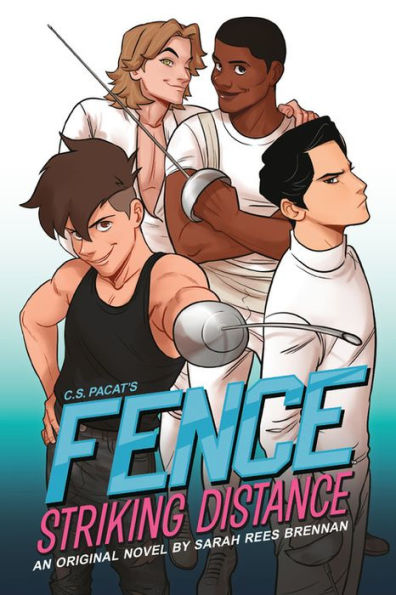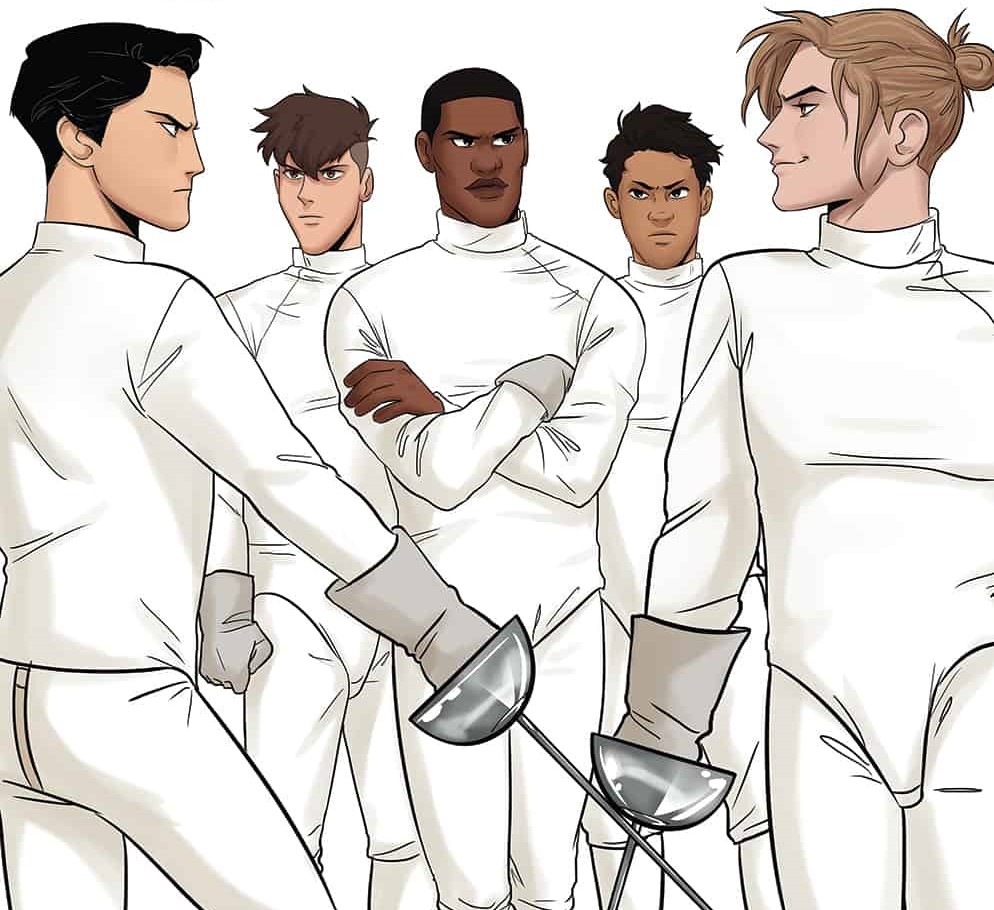
by Michele Kirichanskaya | Sep 24, 2020 | Blog
Fence, created by C.S. Pacat and Johanna the Mad, follows the story of sixteen year old Nicholas Cox as he enters into the world of competitive fencing. I had the opportunity to interview C.S. Pacat, Johanna the Mad, as well as Fence: Striking Distance author Sarah...

by Daniel Stalter | May 15, 2020 | Blog
Fence is a 12-issue comic series from Boom! Box was written by C.S. Pacat, with artwork by Johanna the Mad, colors by Joana LaFuente, and lettering by Jim Campbell. It has since been collected into three volumes that your local comic book store or favorite digital...




